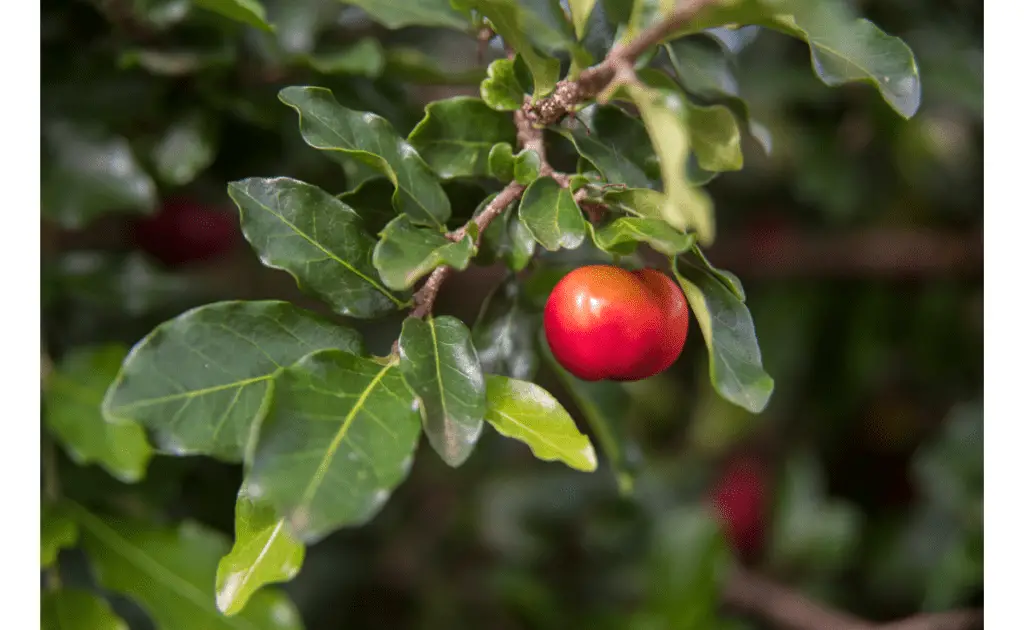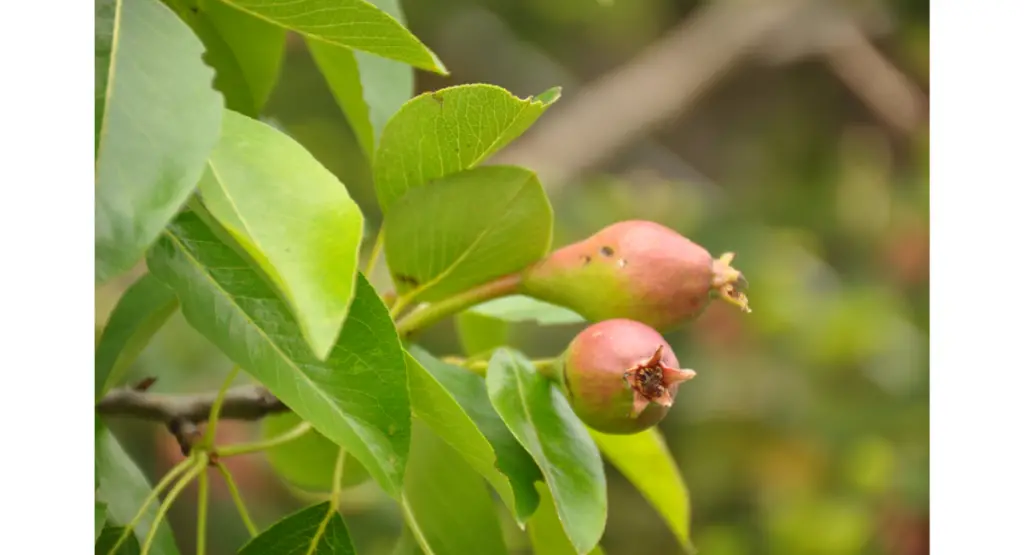
Fertilizing your fruit tree will help it produce better quality fruit. Follow this guide to fertilize your fruit tree correctly each season. Young trees often benefit from a side dressing of organic fertilizer applied at planting time and again once per year during the growing season, usually in spring or fall.
What fertilizer makes fruit bigger– Best fruit tree fertilizer
Fruit on mature trees may also need to be fertilized each year, but this will vary by tree and region. The first step is to determine what kind of fruit tree you have:
Fruit Tree Varieties
APPLE TREES require a high-nitrogen fertilizer such as 10-10-10 or 12-4-8; these should be applied in early spring before the buds swell and again after the first heavy harvest (about midseason). If your apple tree grows well but doesn’t bear fruit, try increasing nitrogen levels with a granular fertilizer formulated for trees labeled “bearing” or “fruiting.” These contain more phosphorus than standard fruit trees so they promote flowering and fruiting. They can be applied in spring and in summer after a heavy, second harvest. To find other reasons your tree may not be producing fruit, check out this post here.
APRICOT TREES need a fertilizer high in phosphorus to promote good flowering and fruiting. They should be fertilized in early spring when the buds swell before leaves emerge, then again when blossoms open and once more after the fruit sets. This increases flower production which results in larger, tastier fruit.
CHERRY TREES don’t require any special fertilizer beyond what is already given during pruning (a balanced 10-10-10 or 12-4-8). If you have a sour cherry tree, it may benefit from a double application of nitrogen several weeks apart to encourage blooming and set a full crop of cherries.
CITRUS TREES require more nitrogen than other fruit trees. They should be fertilized with a 10-10-10 (or 5-5-5) in early spring and again midseason to encourage heavy flowering and set more fruit.
PEACH TREES, like most fruit trees, need supplemental fertilization during the growing season if they’re not fed regularly at planting time and pruned for balance. A balanced fertilizer (such as 12-8-8) applied when buds swell will benefit fruiting; subsequently, feed mature peach trees annually with a high nitrogen fertilizer such as 15-15-15 or 18-6-12 to promote blooming. This can be done twice per year – once early in the season before spurs have started to grow and again just after the fruit has ripened.
PLUM TREES need an annual fertilizer application of 10-10-10 or 12-4-8 in early spring, usually before buds swell. Prune branches so they are well distributed among trunks, keeping them thinned out for good air circulation to discourage fungal diseases. When plums finish blooming (usually near the end of April), remove any dead or diseased limbs and fertilize with a balanced fertilizer such as 10-10-10 or 14-6-8; this will encourage fruiting the following year.
PEAR TREES do not require much additional fertilization beyond what is applied at planting time (usually 10 pounds per 100 square feet). However, if new growth is spindly, fertilize in early spring with a balanced fertilizer such as 10-10-10 or 12-4-8; if the tree has heavy fruit set (more than 30 pounds), feed it again midseason with more nitrogen (such as 15-15-15 or 18-6-12).
PLUMCOT TREES require high levels of nitrogen to produce blooms. Apply 16 ounces per inch of trunk diameter in bud swell (early March) and at petal fall (end of April); this may be repeated once more after the harvest. An additional application of 8 ounces of urea per inch of trunk diameter can be made in June, when branches are still young and flexible so they won’t break under the weight of fruit.
How many times a year do you fertilize fruit trees?
Although the type of fertilizer you use and how often you fertilize your fruit trees will vary depending on the type of tree, climate, and soil type, it is generally recommended that fruit trees be fertilized two to four times a year. In order to get the most out of your fruit tree fertilizer, it is important to understand what each ingredient does for your tree.
Nitrogen promotes vegetative growth and fruiting; phosphorous helps with root growth, blossom production, and pollination; potassium aids in winter hardiness and disease resistance; and magnesium helps with chlorophyll production. By understanding these basic nutrient needs of your fruit trees, you can make sure you are providing them with the nutrients they need to grow strong and produce healthy fruit.
What natural fertilizers are good for fruit trees?
Some examples of natural fertilizers are fish emulsion, bone meal, compost tea, manure tea, seaweed extract, and green sand. While these may be good for fruit trees , they should be used with caution as some can actually damage your fruit trees . If you are not sure if a certain type of fertilizer is safe to use on your particular fruit tree variety or cultivar then it is best to look up what type of fertilizer would be considered the most ideal for its growth.
What is the best time to fertilize fruit tree?

The best time to fertilize fruit trees is in the spring when you notice new growth beginning along the branches and twigs. If your tree has been pruned recently, wait until June or July to fertilize it again so that the nutrients benefit blooming and fruiting for summer harvest. If you are fertilizing fruit trees for the first time, you will want to wait until at least two years after planting.
What is the best time of day to feed fruit trees fertilizer?
It doesn’t matter what time of day you choose to feed your fruit tree , but it is important not to over water or get water on the fertilizer which can make it less effective. The best way to fertilize fruit trees is to water your tree a few hours before hand so that the fertilizer can absorb into the soil and then water again after applying the fertilizer so it won’t run off or be washed away by rain or irrigation too quickly.
Looking for fertilizer for your vegetable garden? Check out this post!
Is 16-16-16 fertilizer good for fruit trees – fertilizing / compost types
The only diffrence between a 16-16-16 and a 10-10-10 is the strrength of the fertilizer. In most cases a 16 is not needed. If your ground has been used for farming or the ground is washed out than a higher concentrait like a 16 made be needed to help with levels of potassium. Other wise a 10-10-10 will be just fine. You can always add a second round mid season if you feel the ground needs it.
10-10-10 fruit tree fertilizer
10-10-10 fertilizer is a balanced concentrate of nitrogen, potassium and phosphorus. This makes a great general fertilizer for fruit trees. When it comes to fruit trees, the fertilizer requirements depends on the soil quality and type of tree. Its important to test your soil before heavy applications of fertilizers. Apply in spring as the fruit trees break dormancy.
Best fertilizer for apple and pear trees
The best fertiler for a apple or pear tree is a 10-10-10 or 12-4-8. They are well rounded products containing the minerals and minerals by products needed for fruit producion.
When is the best time to fertilize fruit trees in California
If you are applying compost to the trees roots late winter febuary into march is a good time to allow the compost to break down and roots to absorb the minerals. If you are using a direct fertilzer early spring April- may is best time to add minerals to the ground. Remember the types of fertiler used matters. Liquid fertiler will aborb into the roots of the plant faster. If you use liquid types fertilier make sure you are past your last frost date before applying to the ground or roots.
Best fruit tree fertilizer for apple trees – tree fertilizer
Apple trees as stated above want a all around fertiler. 10-10-10 is most common. It is always best to test the soil in the ground around the tree. Putting to much of a mineral like potassium can have negative effects on the tree or its ability to produce fruit.
This post contains affiliate links. If you make a purchase through these links, we may receive compensation at no additional cost to you.



